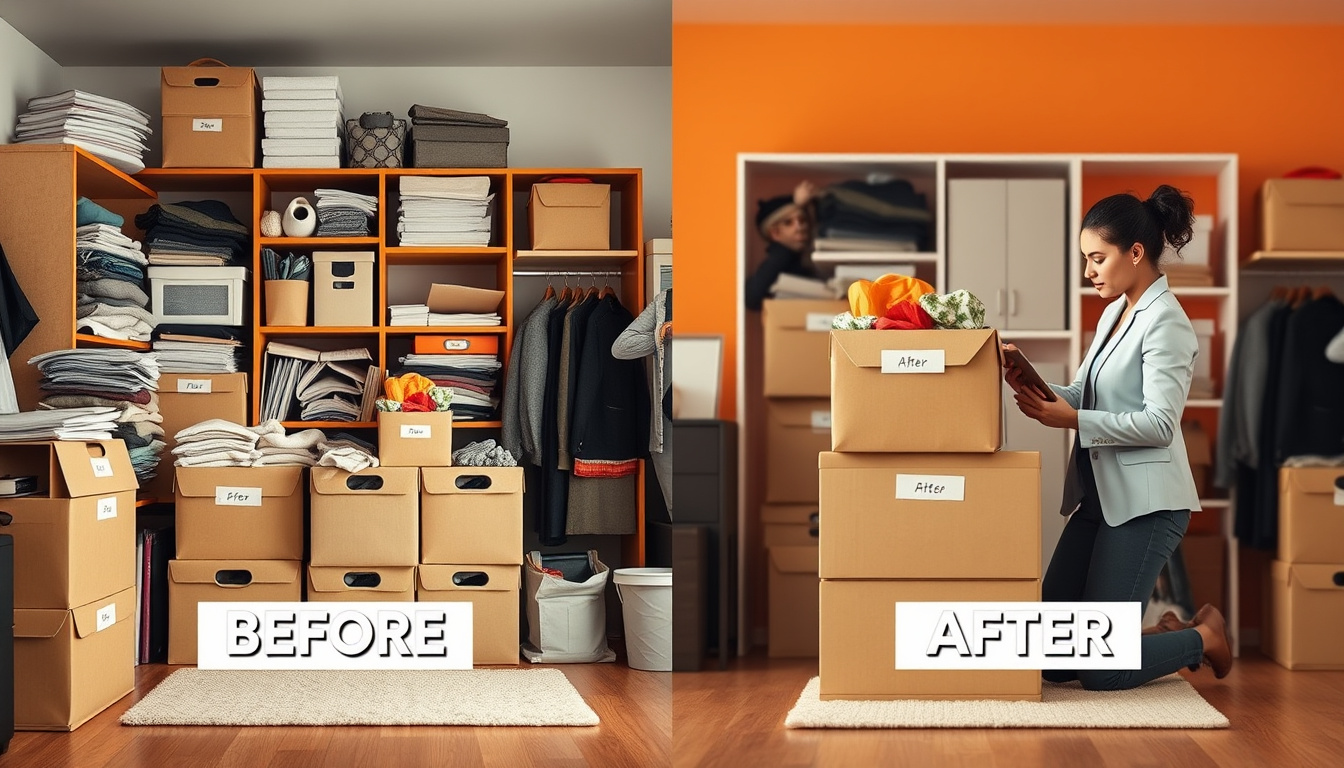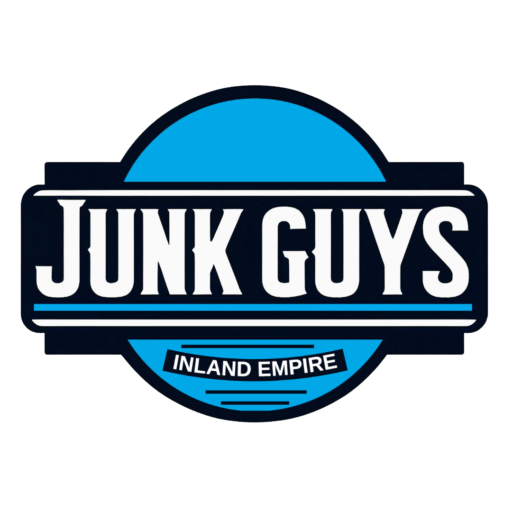Hoarder cleanup is a challenging but essential process for reclaiming your living space and improving your well-being. Whether you’re helping a loved one or addressing your own clutter crisis, tackling extreme clutter requires thoughtful planning, expert strategies, and a compassionate approach. In this article, we’ll explore proven methods to manage hoarder cleanup efficiently and safely, offering you practical steps to transform chaotic spaces into organized, livable environments.
Understanding Hoarder Cleanup
Hoarding is a complex behavioral condition characterized by an overwhelming difficulty to discard possessions. As a result, homes become cluttered to the point where normal living spaces are unusable. Hoarder cleanup is not simply about tidying up; it involves careful consideration of emotional attachment, health risks, and sometimes legal or safety concerns.
Recognizing these factors is key to approaching the cleanup process with expertise and empathy. Proper hoarder cleanup can prevent hazards such as fire risks, pest infestations, and structural damage, while also supporting psychological recovery.
Step 1: Assess the Situation Thoroughly
Before diving into decluttering, begin by conducting a comprehensive assessment of the affected area. This includes:
- Identifying the scope and scale of the clutter.
- Checking for safety hazards like mold, broken glass, or electrical issues.
- Understanding the emotional attachments to items.
- Determining if professional intervention (e.g., health services, pest control) is needed.
An initial walkthrough can help you develop a structured plan and decide whether to enlist professionals who specialize in hoarding situations.
Step 2: Assemble the Right Team and Tools
Hoarder cleanup is physically and emotionally exhausting. Building a supportive team is crucial for success. This team might consist of:
- Mental health professionals for emotional support.
- Cleaning specialists experienced in hoarder cleanup.
- Waste management or junk removal services.
- Volunteers or family members who can assist sensitively.
Equipping your team with the right tools—such as gloves, masks, cleaning supplies, heavy-duty trash bags, and storage bins—can also streamline the process, ensuring it is both safe and efficient.
Step 3: Develop a Clear Cleanup Plan
A clear plan will make the hoarder cleanup less overwhelming. Organize the cleanup into manageable stages:
- Sorting: Categorize items into “keep,” “donate,” “recycle,” and “discard.”
- Removing Trash: Safely dispose of garbage and hazardous materials.
- Cleaning: Deep clean the space to remove dirt, mold, and odors.
- Restoration: Repair damaged areas and restore functionality.
Create timelines and set realistic goals to prevent burnout and maintain steady progress.

Step 4: Employ Compassionate Communication Techniques
Compassion is the cornerstone of successful hoarder cleanup. Whether you’re working with yourself or someone else, acknowledge the difficulty of letting go. Positive reinforcement, active listening, and non-judgmental language help reduce anxiety about discarding items. Mental health experts often recommend involving the individual in decision-making to empower them throughout the process.
Step 5: Utilize Efficient Decluttering Strategies
Applying proven decluttering techniques can accelerate hoarder cleanup:
- The Four-Box Method: Label boxes as “Keep,” “Donate,” “Sell,” and “Trash” to sort items quickly.
- Set Time Limits: Work in focused intervals (e.g., 30 minutes) to maintain energy.
- Digitize Treasured Documents/Photos: Preserve memories without physical clutter.
- One Area at a Time: Fully clear one room or section before moving to the next.
- Use Storage Solutions: Introduce shelves, bins, or organizers to keep kept items orderly.
Step 6: Address Health and Safety During Cleanup
Extreme clutter often masks health hazards, so protecting yourself and others is critical:
- Wear PPE such as gloves, respirators, and goggles.
- Ensure proper ventilation.
- Avoid lifting heavy objects alone.
- Be prepared for pests or rodents.
- Follow local regulations for disposing of hazardous waste.
If there are signs of significant infestation or biohazards, consider hiring professionals trained in biohazard cleanup.
Step 7: Maintain the Progress Post-Cleanup
After intensive hoarder cleanup, maintaining a clutter-free environment is vital to prevent relapse. Offer ongoing support by:
- Scheduling regular check-ins.
- Encouraging daily tidying habits.
- Setting limits on new acquisitions.
- Providing resources like professional organizing services or mental health counseling.
Support systems help sustain the cleanliness and order you’ve worked hard to establish.
Benefits of Professional Hoarder Cleanup Services
Engaging professional hoarder cleanup services can be invaluable. These experts bring specialized knowledge, equipment, and experience to handle extreme situations safely and efficiently. According to the International OCD Foundation, professional teams can also coordinate with mental health providers to promote holistic recovery (source).
Some benefits include:
- Rapid, thorough removal of clutter.
- Safe handling of hazardous materials.
- Compassionate sensitivity toward emotional challenges.
- Time and stress reduction for families involved.
Quick Checklist for Hoarder Cleanup Success
- Assess the home environment carefully.
- Build a supportive, skilled team.
- Plan the cleanup in clear, manageable phases.
- Use sorting methods like the Four-Box technique.
- Protect health with appropriate safety gear.
- Engage compassion in every conversation.
- Pursue post-cleanup maintenance plans.
Frequently Asked Questions (FAQs)
Q1: What is the best first step in hoarder cleanup?
A1: The best first step is a thorough assessment to understand the clutter’s extent and any risks, followed by organizing a support team to plan the cleanup.
Q2: How do I handle emotional attachment during hoarder cleanup?
A2: Use compassionate communication, involve the person with hoarding behaviors in decisions, and suggest preserving memories digitally to ease emotional distress.
Q3: Can hoarder cleanup be done without professional help?
A3: While it’s possible, professional help is recommended for extreme clutter due to safety concerns, possible health hazards, and the complexity of emotional support needed.
Conclusion: Take Charge of Hoarder Cleanup Today
Hoarder cleanup is undeniably complex, but with expert strategies and compassionate support, you can overcome even the most overwhelming clutter. Whether you’re embarking on this journey personally or supporting someone else, remember that progress is achievable through careful planning, teamwork, and empathy. Don’t wait for the clutter to worsen; take the first step today toward a safer, healthier, and more organized living environment. If the task feels too daunting, seek professional help—expert hoarder cleanup services offer efficient, respectful solutions that make transformation possible. Reclaim your space and peace of mind now!
Junk Guys Inland Empire
Phone: 909-253-0968
Website: www.junkguysie.com
Email: junkguysie@gmail.com
